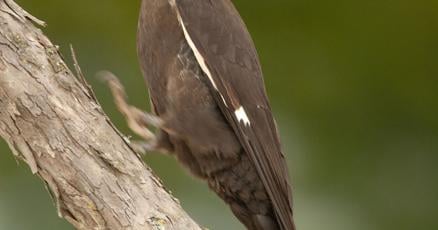Introduction to a Cartoon Icon
Many cherished childhood memories feature the laughter of Woody Woodpecker echoing from our television screens, a sound that resonates with both young and old. This iconic character, derived from the natural world, mirrors the traits of the pileated woodpecker, an inhabitant of forests and suburban areas alike. As the month of April unfolds, the calls of Woody’s real-life counterparts grow more prominent, filling the air with nature’s own soundtrack.

The Creative Spark Behind Woody
The creation of Woody Woodpecker can be traced back to a humorous yet frustrating experience of cartoonist Walter Lantz, who found inspiration in the persistent pecking of a pileated woodpecker at his woodland retreat. While initially driven to distraction, Lantz chose to channel his irritation into art, giving life to one of animation’s most memorable figures. Over the years, Woody evolved from a mischievous instigator to a beloved and endearing character, mirroring changes in societal expectations of cartoon humor.
The Pileated Woodpecker: Nature’s Carpenter
Standing as Missouri’s largest woodpecker species, the pileated woodpecker boasts a striking appearance with its bold red crest and contrasting black-and-white plumage. Beyond their visual allure, these birds perform vital ecological roles, using their powerful beaks to break apart rotting wood in search of insects. Their distinctive drumming, a method of communication and courtship, echoes through the woods with a deep, rhythmic pulse, reminiscent of their animated doppelgänger’s infectious laugh. For those keen on birdwatching, these magnificent birds occasionally grace backyard feeders, providing a thrilling glimpse into their elusive world.
By weaving the real traits and habits of the pileated woodpecker into our understanding of Woody Woodpecker, we gain a deeper appreciation for how nature influences art and culture, reminding us of the interconnectedness of our world.
